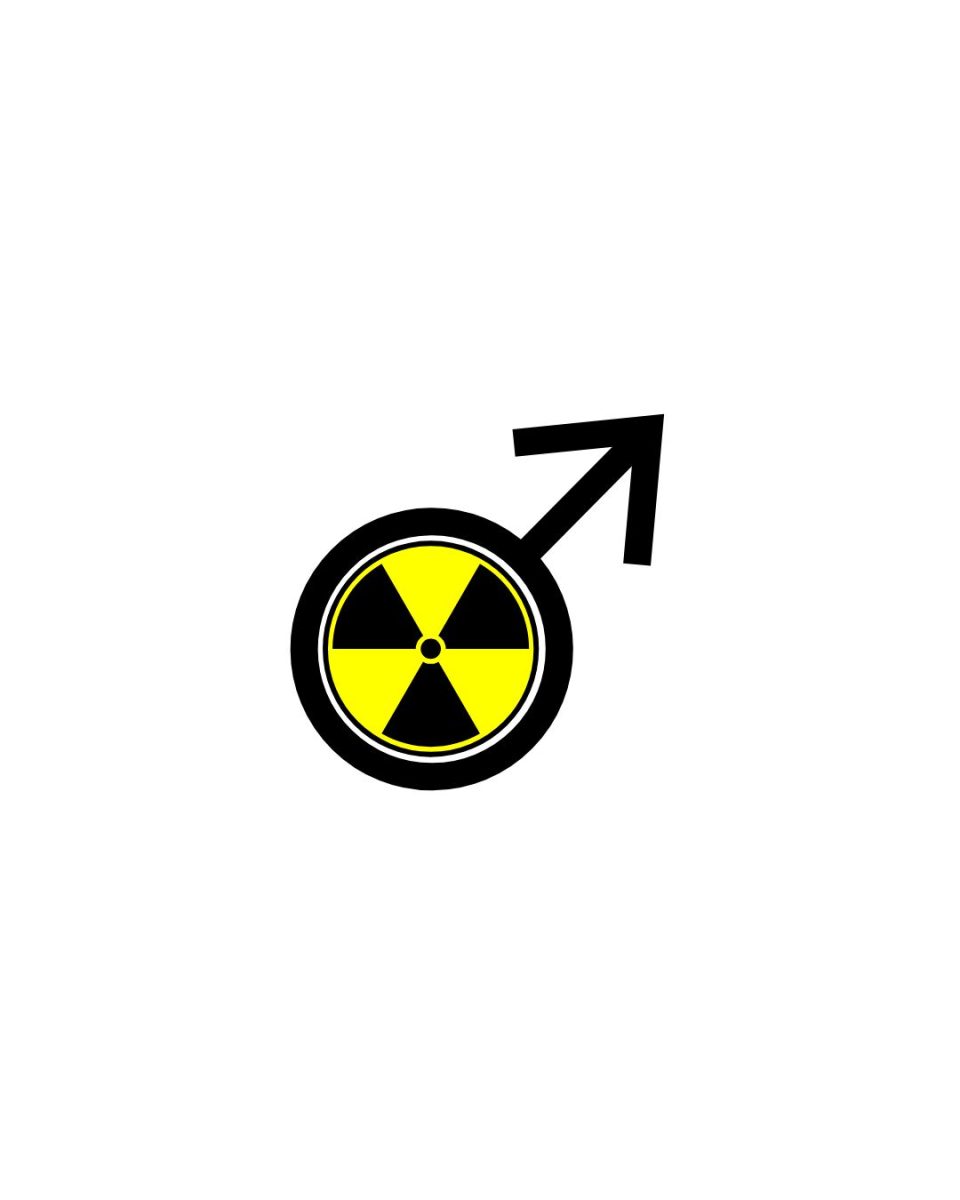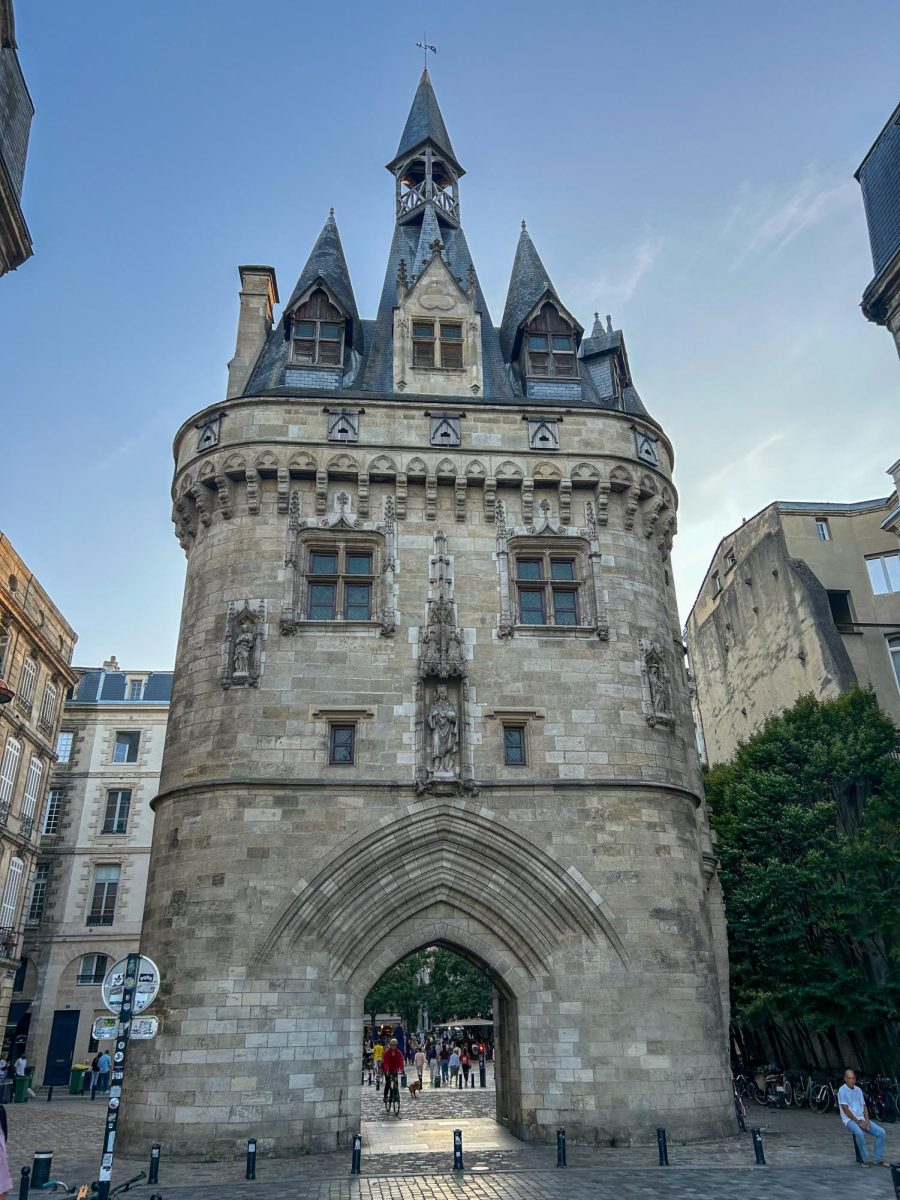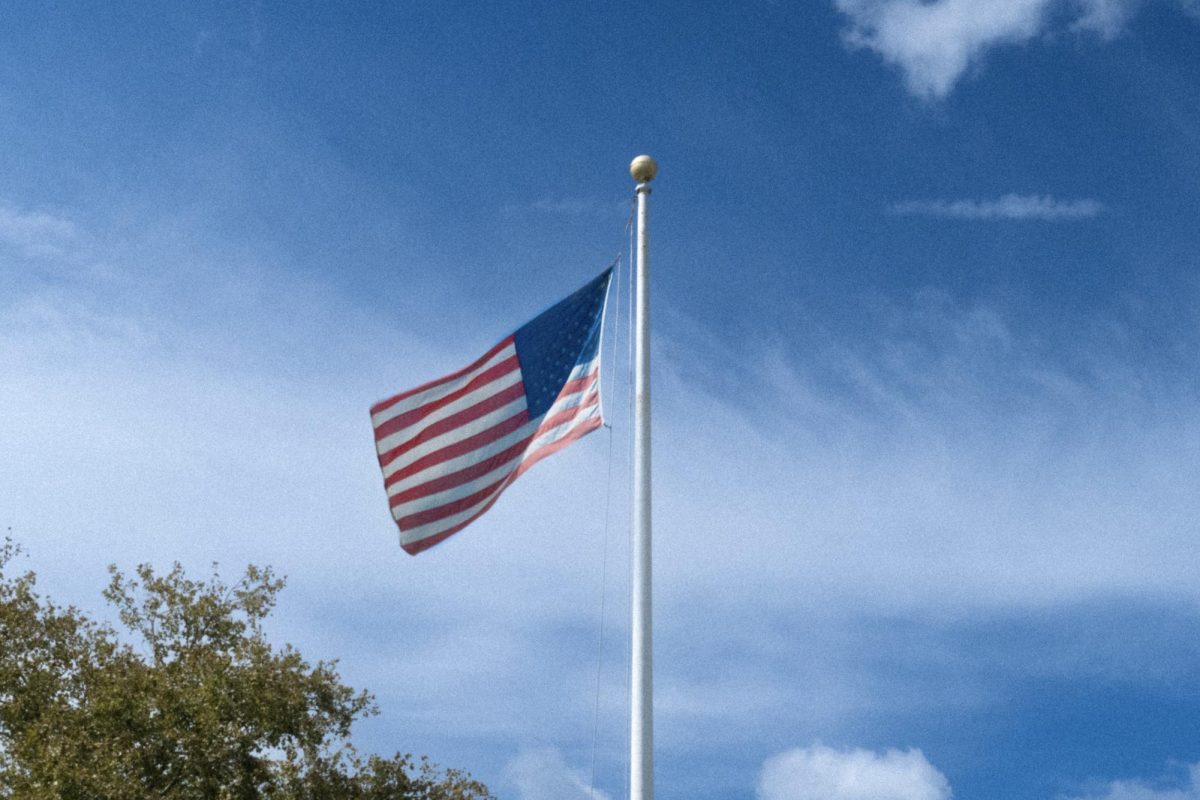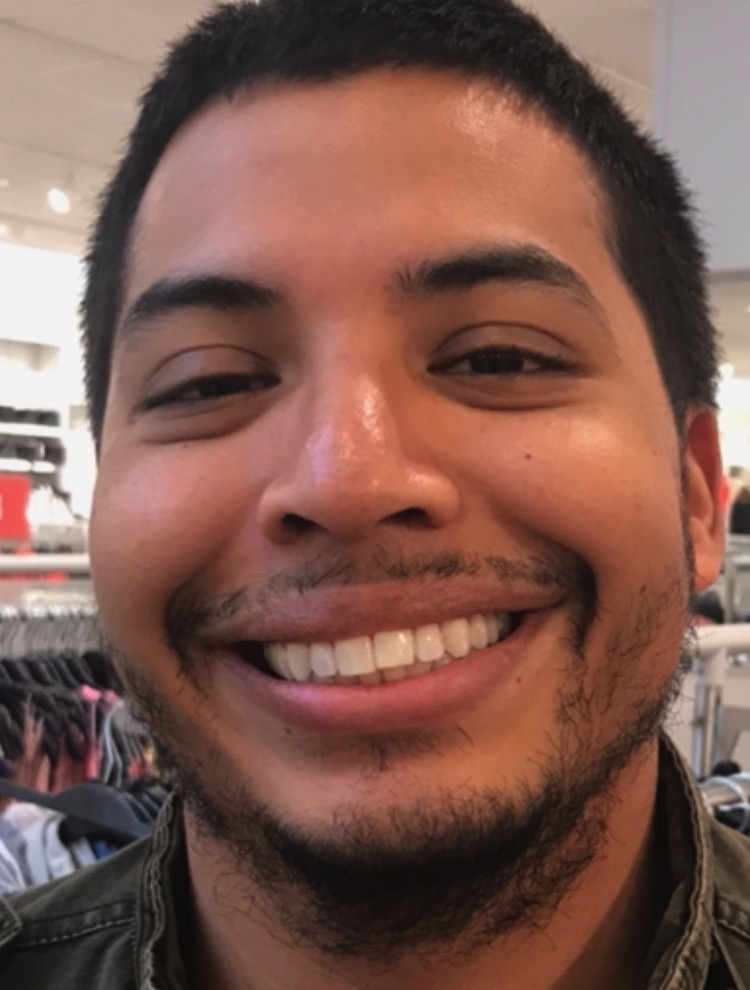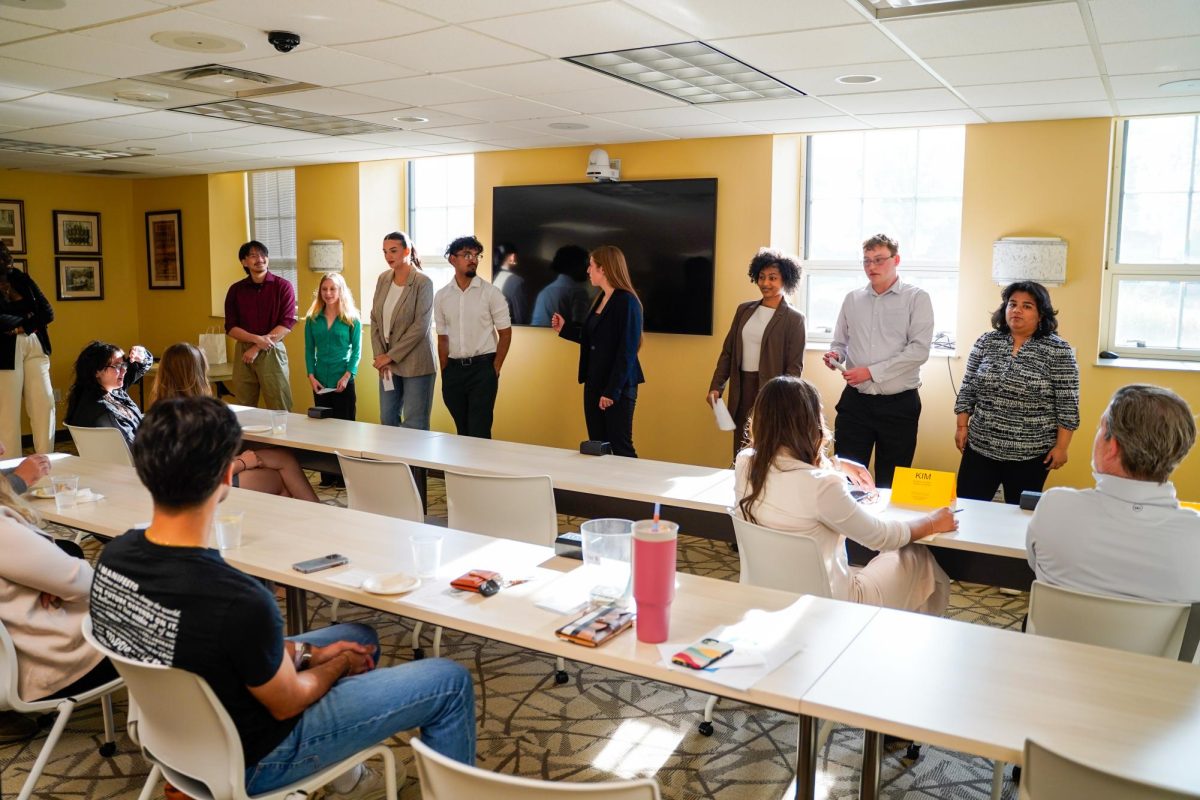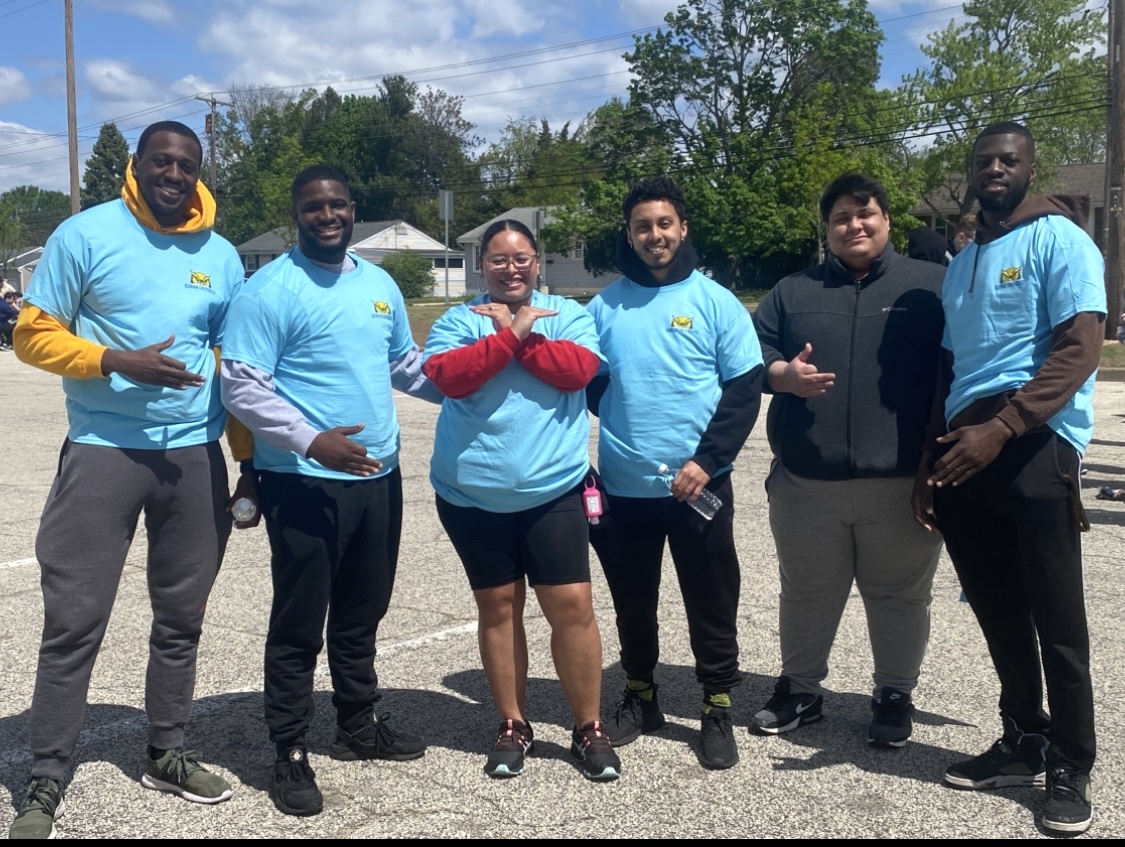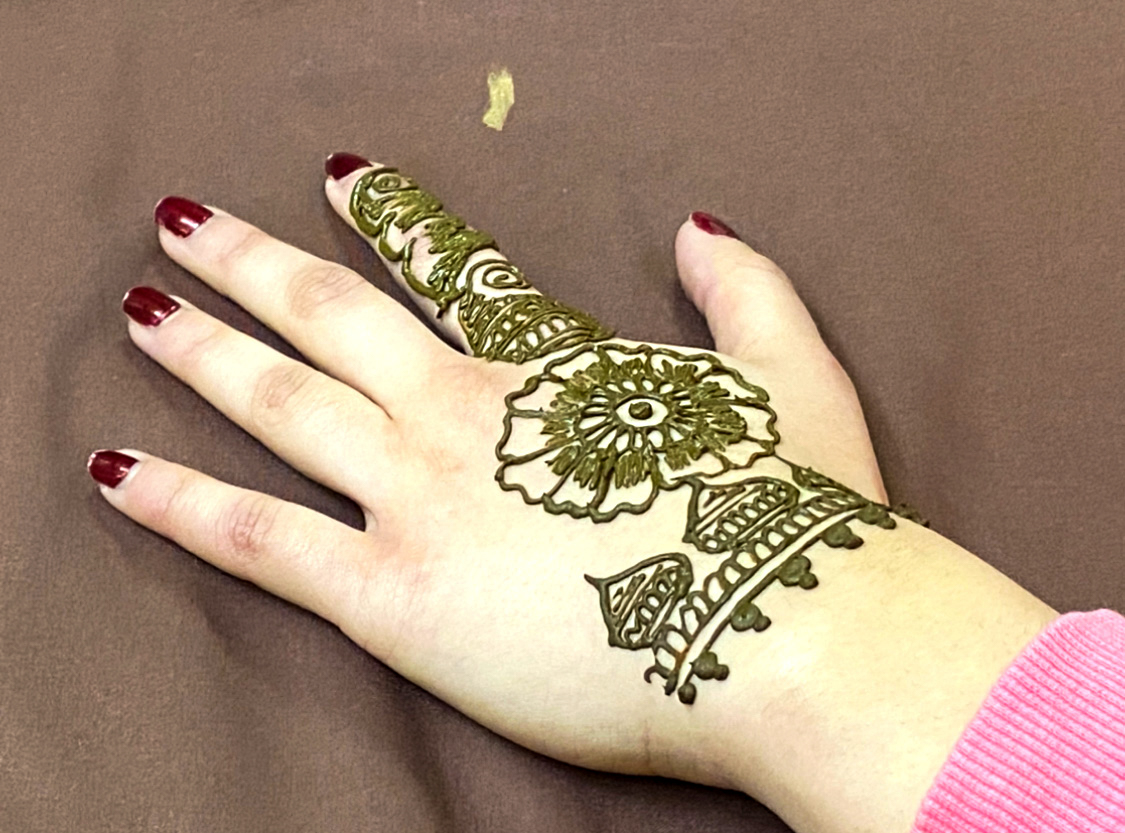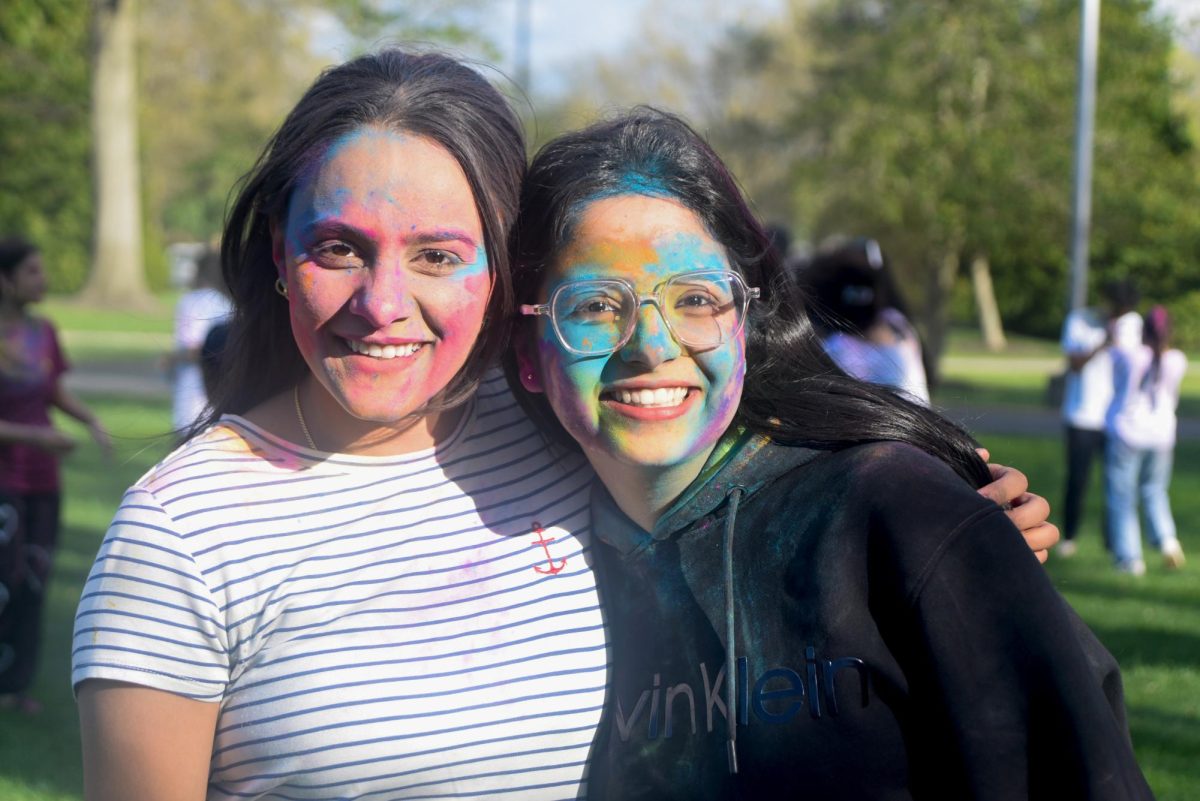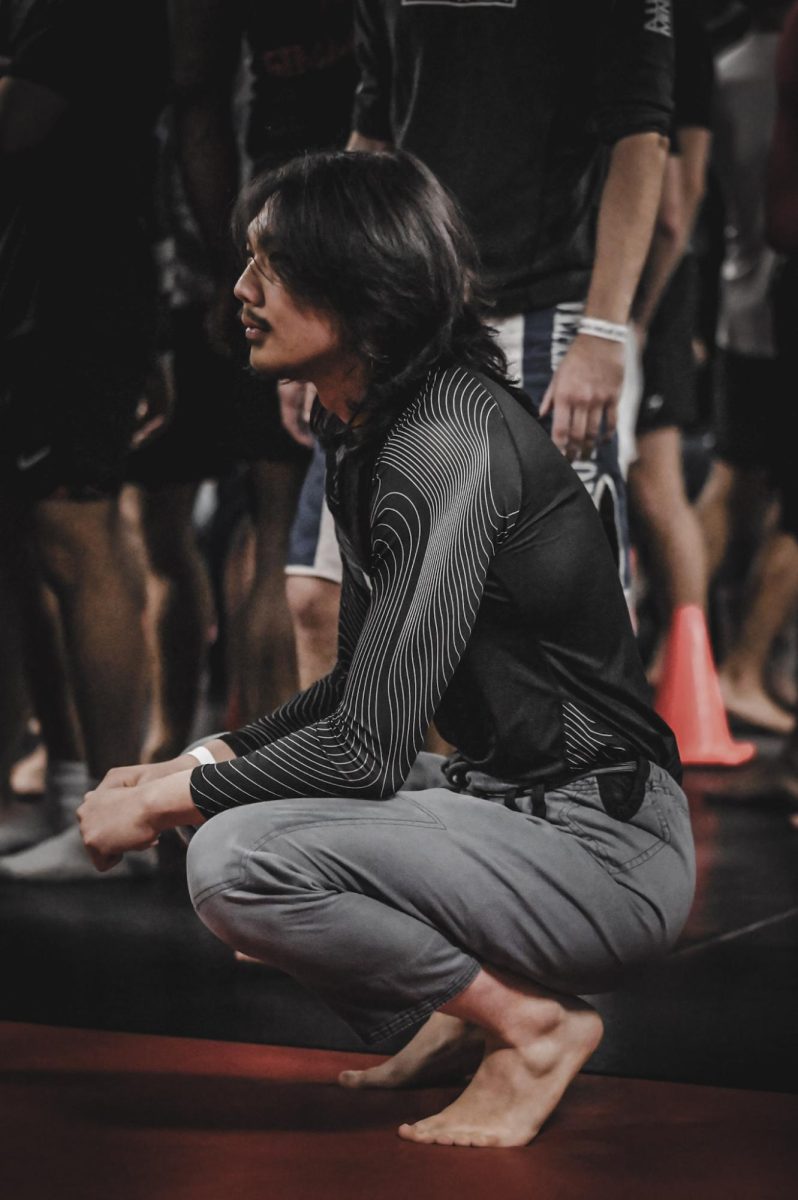Alex Garcia was only 19 when he heard the life-altering news that his mother developed lumps in her breasts. Being naive about the diagnosis process and hating doctors and hospitals as it was, Garcia automatically assumed the lumps equated to cancer and was scared to lose his mother.
Waiting weeks for a biopsy result turned Garcia’s feelings inside out. The tests came back negative and normal, but he was emotionally and mentally different from before. The constant second-guessing and questioning of career decisions was finally over for Garcia.
“I have always loved science,” Garcia said. “I realized, hey, I’m going to take my passion for science and put it to use in the cancer field and hopefully one day help people with cancer.”
Growing up in Northwest Washington D.C. proved a little harsh on Garcia, 27, and his childhood. His neighborhood wasn’t as safe as it is now and in spite of that, the rush of the city and being constantly occupied made him fall in love with Washington D.C. He still visits often to see his four dogs, Tiny, Dino, Leila, and Leo, who give strong support.
Many avenues reached out to grab Garcia’s interest. Civil engineering was one of his first callings. Studying biology at the University of the District of Columbia during freshman year didn’t fill the void of knowledge Garcia needed. He transferred to gain better research and clinical opportunities at the University of Miami and graduated three years later.
That’s when Garcia’s journey took a long, winding scenic route.
“Most people know they want to be doctors very young in life or at least in high school,” Garcia said. “I didn’t know I wanted to be a doctor until my sophomore year in college.”
Considering the late decision to become a doctor, Garcia hoped to take time and gain not only experience but a clear mind for when he returned to school. The four-year college sabbatical had the non-traditional medical student working in an emergency room and oncology clinic, as a medical scribe and medical assistant respectively.
The years started to blend as powder, eggs, and water mixed together for a cake. However, the sound of an emergency sparked Garcia’s attention. He began collecting cases upon cases of water and drove for hours to get to the final destination: a church in Flint, Michigan. The perfect conclusion to his break away from school was collecting donations and personally delivering water bottles to people affected by high levels of lead in Flint.
Stephanie Vasquez, Garcia’s girlfriend, distinctly remembered the road trip she and Garcia took from Pennsylvania to Missouri last December for his medical school interviews. Spending hours and hours in the car during the snowy months and stopping rarely, the two still found ways to have a good time, keep occupied and make the most of the situation.
“He has a big heart and is the type of person that won’t even kill a fly. No matter how annoying that fly is, he will be the one who chases it around the room until he can safely catch it and let it go,” Vasquez said. “Someone with that amount of patience and kindness in his heart is someone I know will be a great doctor.”
According to Vasquez, Garcia’s personality applies to whichever situation he gets handed.
“He puts his heart into his work and despite the obstacles that come his way, he never stops fighting for what he truly wants,” Vasquez said.
Garcia chose to continue his education at Rowan University School of Osteopathic Medicine to ultimately become an oncologist, a professional who diagnoses and treats cancer in adults, according to the National Cancer Institute. While a Doctor of Medicine focuses on surgery and drugs to heal, a Doctor of Osteopathic Medicine cares about the body as a whole and what to do for later prevention, according to the American Osteopathic Association.
The Human Dissection
On a Friday, for about two hours, the anatomy class rumbled like the chattering on a busy city sidewalk and dove into their bodies like books of anatomy. The smell lingering between noses of freshly burned rubber didn’t stop Garcia from learning or explaining how the body worked.
Unnerved by the dead bodies lined in rows numbed by death and illness from the emergency room, Garcia along with four other students dissected their first cadaver. The shaving of skin from muscle like peeling cheese from pizza crust opened the human body, full of stories to tell and organs to show.
Constantly communicating, the five students at the dissecting table began cutting into the thoracic cavity, or chest, by pulling away the skin, fat, and left pectoralis major muscle, the top piece of muscle on the left side of the chest, carefully preserving any main arteries.
Similar to normal settings, this anatomy class was full of failing and learning among their peers. Experiment with different tools such as pliers, scalpels, scissors, or mallets to ease their way into the chest.
After the muscles were correctly peeled from the bones, remaining attached to the shoulder, the students had to separate the clavicle, or collarbone, from the sternum, the flat bone in the center of the chest.
For Garcia’s group, the arthritis in the 83-year-old male cadaver’s chest proved to be a challenge. A hacksaw, or surgical tool used to cut through bones, along with a forceful hand broke the bone from its connecting piece. A quick crack sounded, the way a medium-sized tree branch makes when broken.
Garcia knew that observing and feeling the ribcage, lungs, and heart was unique, according to Garcia. It was exhilarating but a process that was a lot slower and more difficult than he originally imagined, according to Garcia.
There were times in life when a small thought made its way into his head asking if he really wanted to pursue medicine. The hours are never-ending and sometimes a struggle lingers within him. No matter how difficult school or life gets, he strives to stay with medicine and get to his final goal.
He hopes the future will hold satisfying accomplishments. According to Garcia, once he achieves what he wants as a doctor, he will use his platform to help people of Hispanic and African American descent, along with the LGBT community. Physicians not only have many unique opportunities but “wear many hats,” according to Garcia.
The ideas he has for his future almost break at the seams and helping those who want to attend medical school is one way he wants to bring about change. Garcia admitted he wasn’t the perfect applicant for medical school, but he sought and overcame his obstacles.
“The road to med school is definitely a bumpy one and it’s a difficult one,” Garcia said. “You grow and that ultimately makes you not only a better person but a better physician in the long run.”
For comments/questions about this story, email [email protected] or tweet @TheWhitOnline.

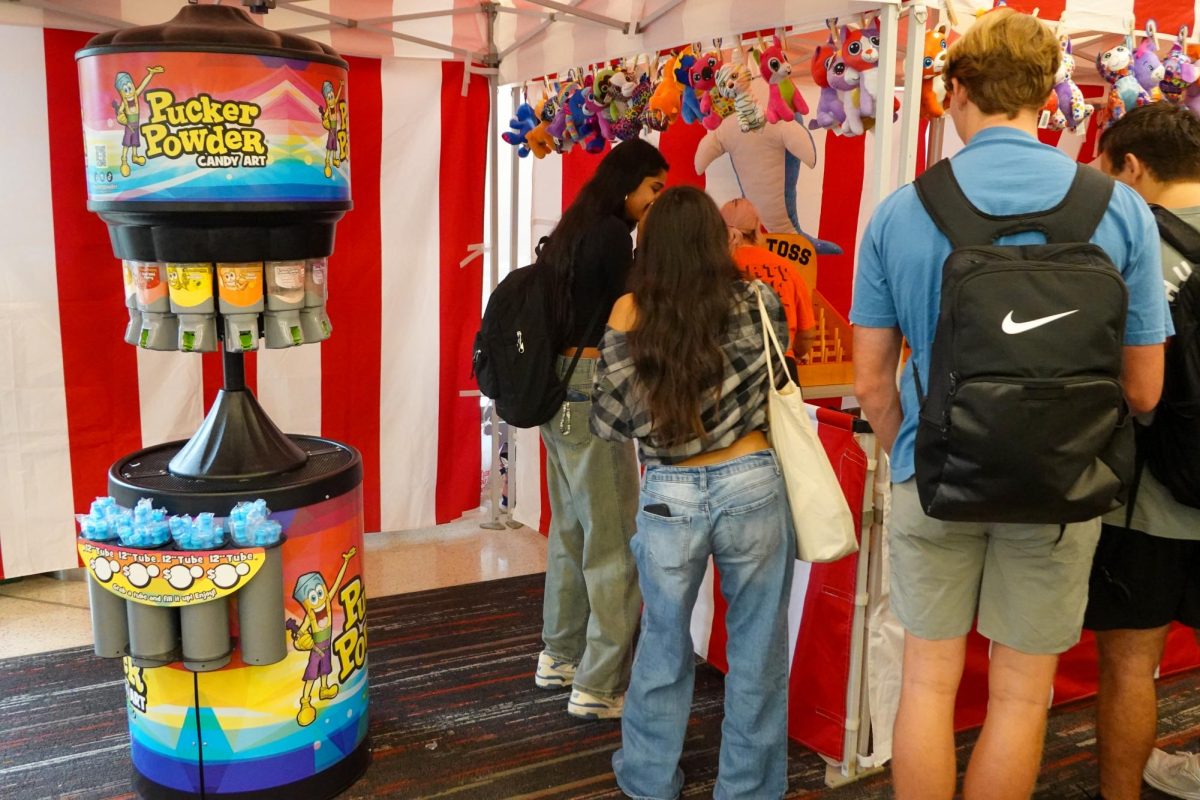
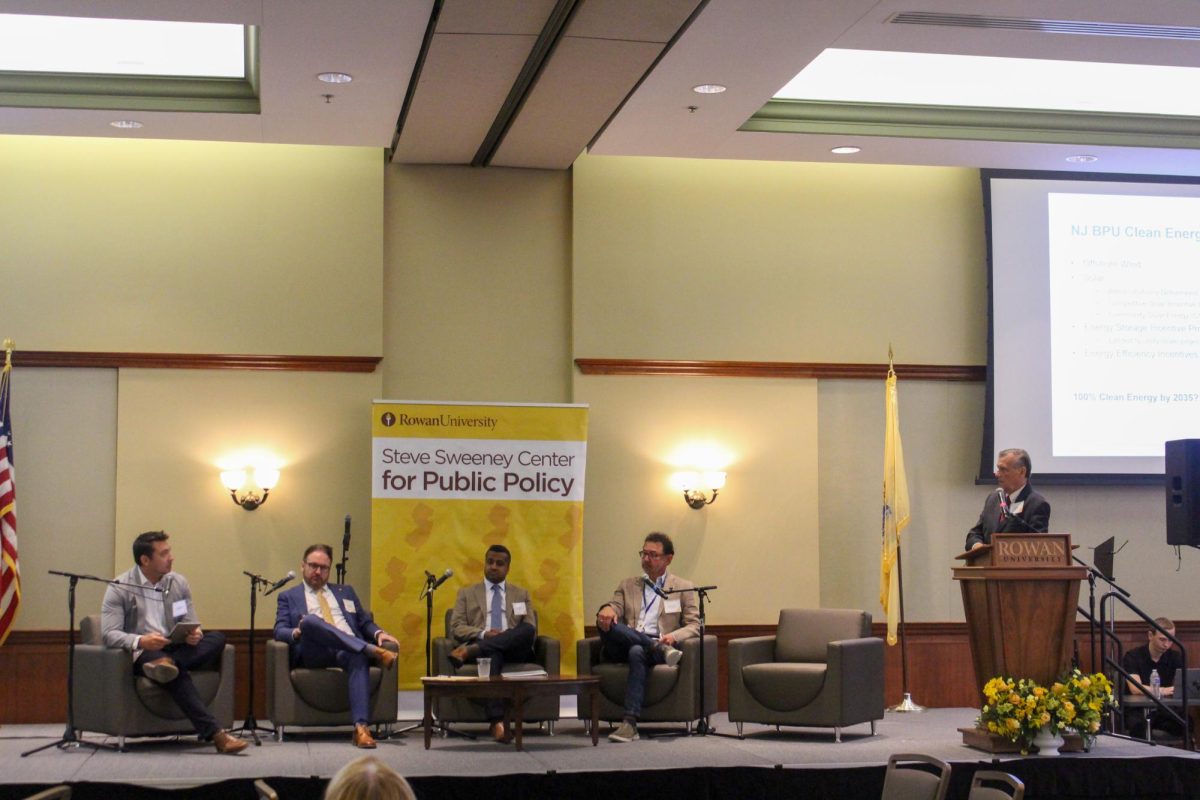

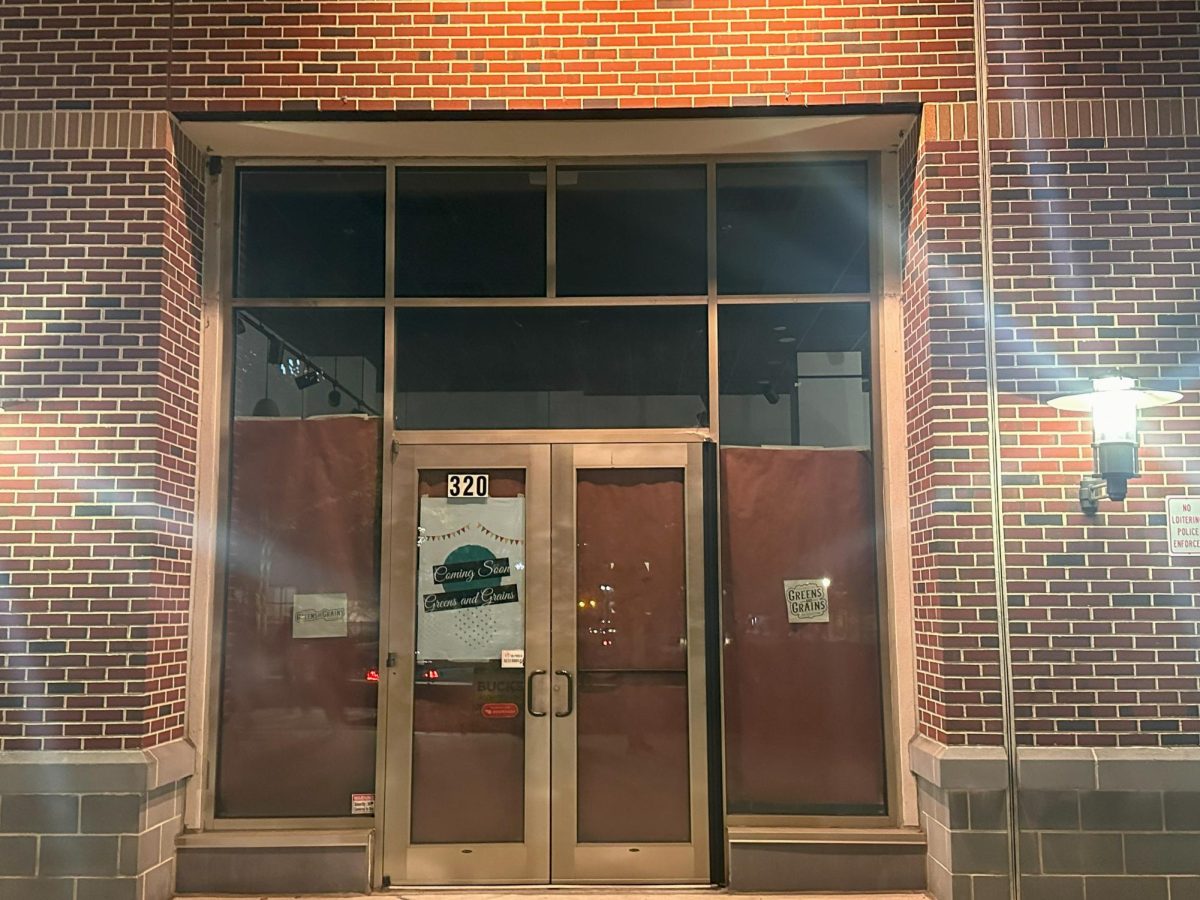


















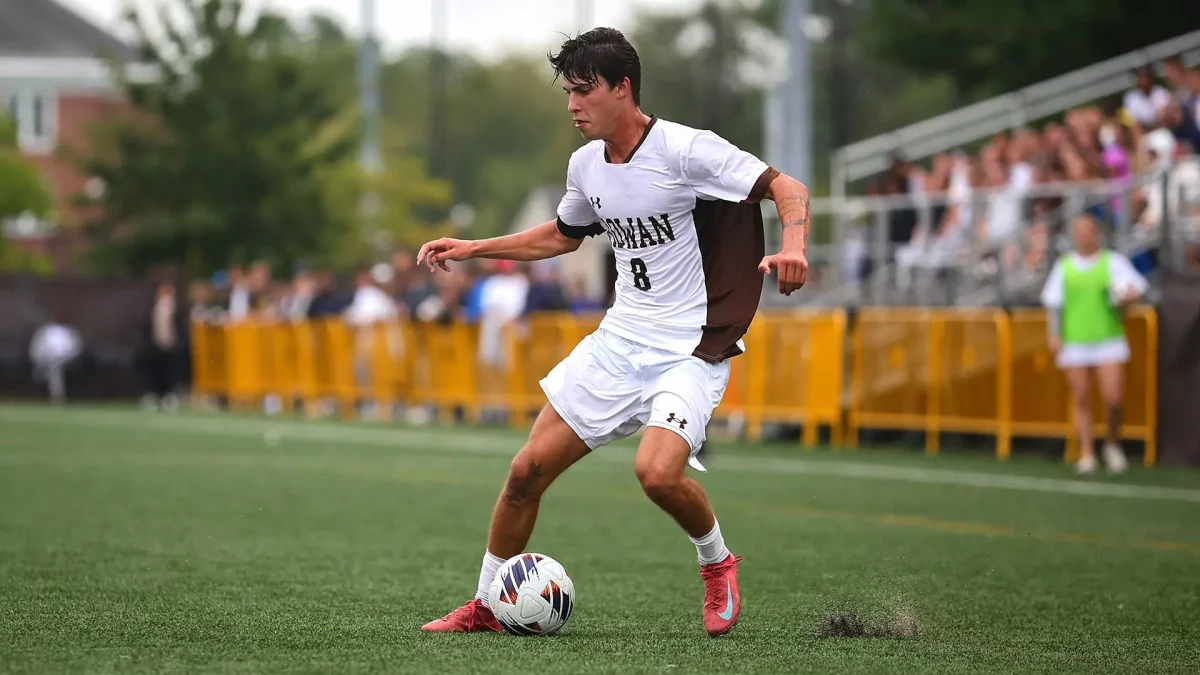
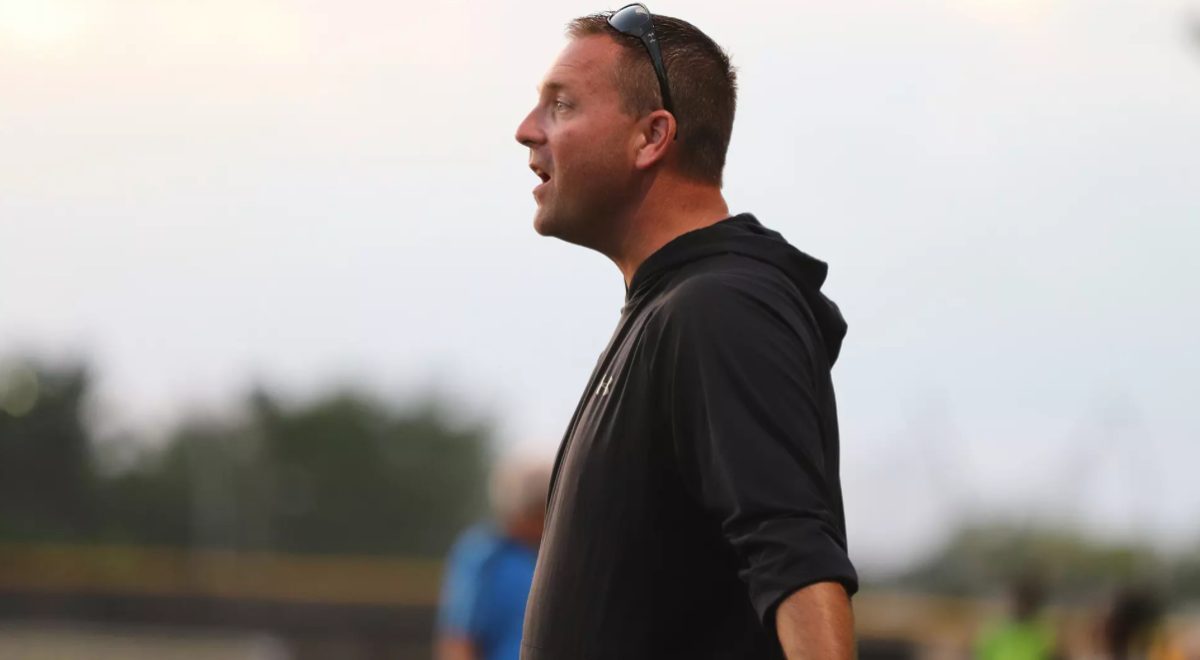


































































































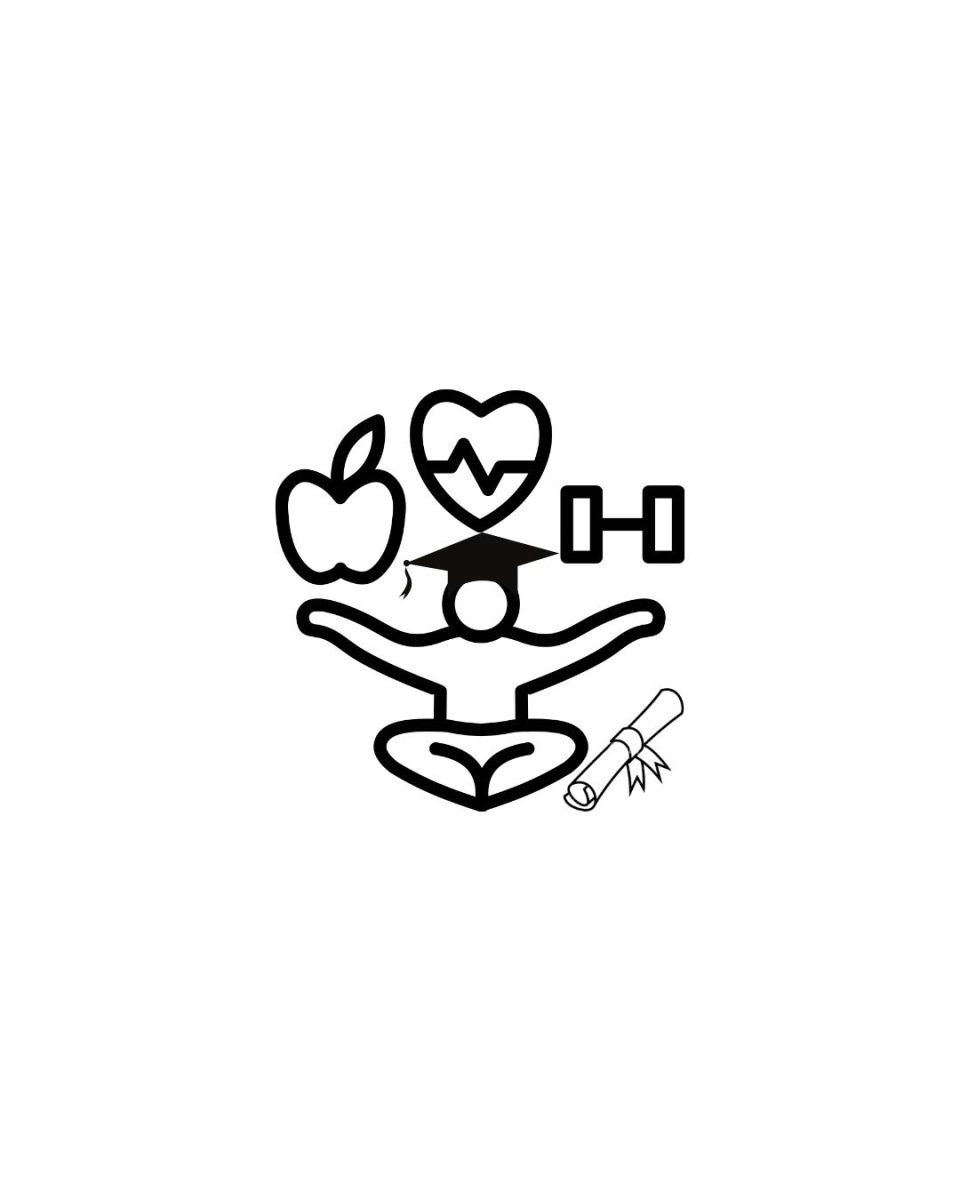
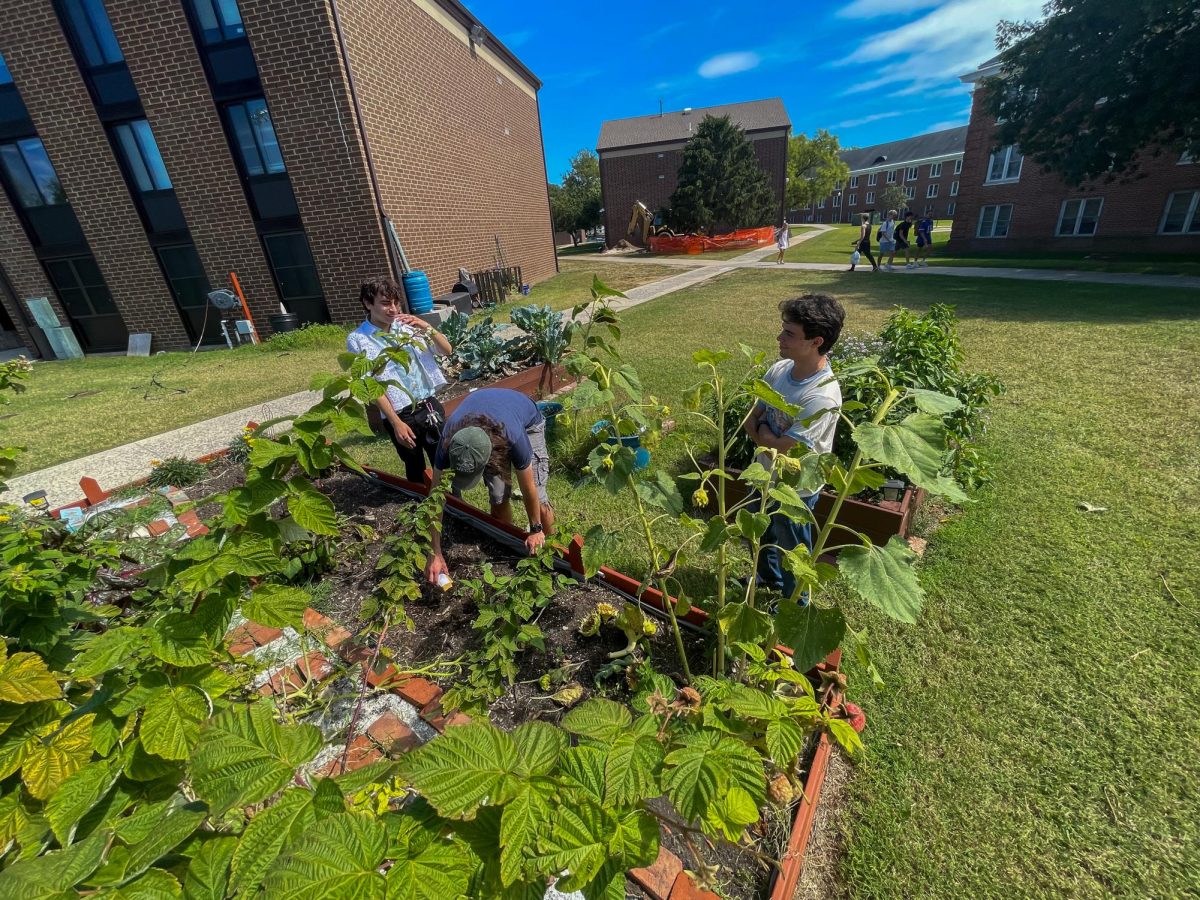



















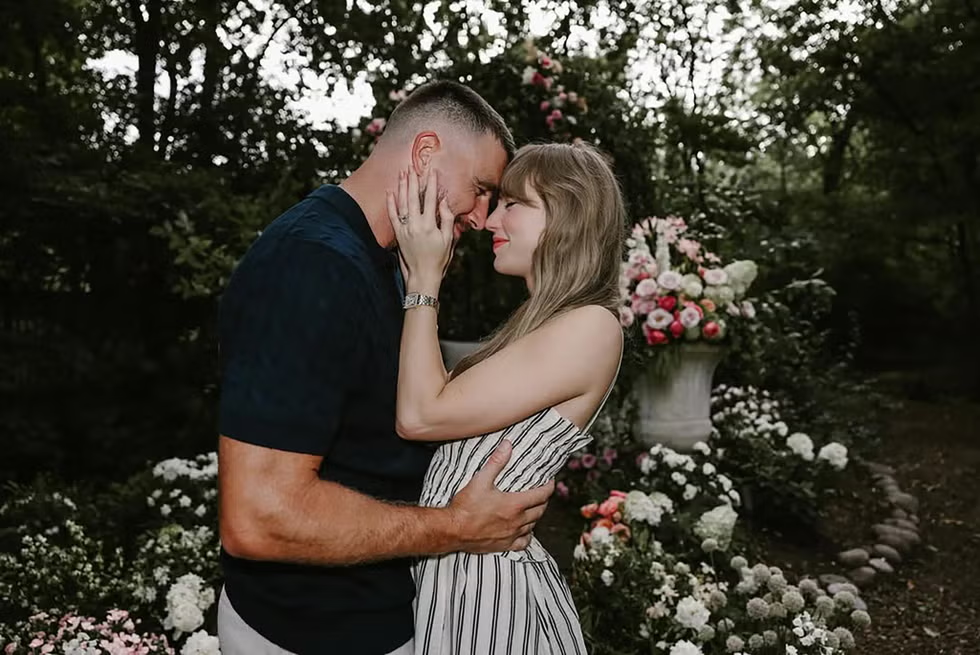

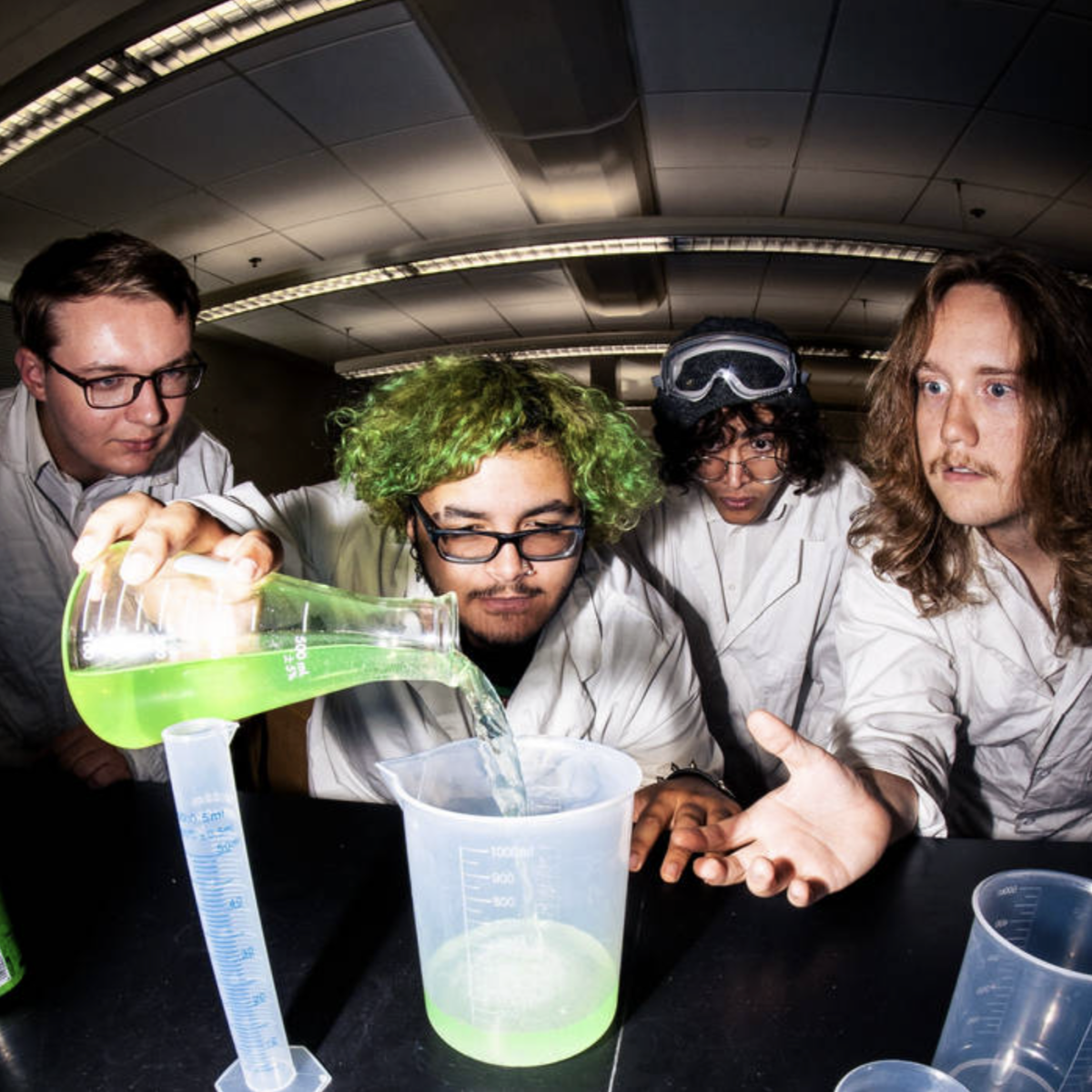




!["Working with [Dr. Lynch] is always a learning experience for me. She is a treasure,” said Thomas. - Staff Writer / Kacie Scibilia](https://thewhitonline.com/wp-content/uploads/2025/04/choir-1-1200x694.jpg)













